Structure Preserving Energy Functions in Power Systems —— Theory and Applications
----- 电力系统中保存能量功能的结构
A guide for software development of the dynamic security assessment and control of power systems, Structure Preserving Energy Functions in Power Systems: Theory and Applications takes an approach that is more general than previous works on Transient Energy Functions defined using Reduced Network Models. A comprehensive presentation of theory and applications, this book: Describes the analytics of monitoring and predicting dynamic security and emergency control through the illustration of theory and applications of energy functions defined on structure preserving models Covers different facets of dynamic analysis of large bulk power systems such as system stability evaluation, dynamic security assessment, and control, among others Supports illustration of SPEFs using examples and case studies, including descriptions of applications in real-time monitoring, adaptive protection, and emergency control Presents a novel network analogy based on accurate generator models that enables an accurate, yet simplified approach to computing total energy as the aggregate of energy in individual components The book presents analytical tools for online detection of loss of synchronism and suggests adaptive system protection. It covers the design of effective linear damping controllers using FACTS, for damping small oscillations during normal operation to prevent transition to emergency states, and emergency control based on FACTS, to improve first swing stability and also provide rapid damping of nonlinear oscillations that threaten system security during major disturbances. The author includes detection and control algorithms derived from theoretical considerations and illustrated through several examples and case studies on text systems.
{{comment.content}}
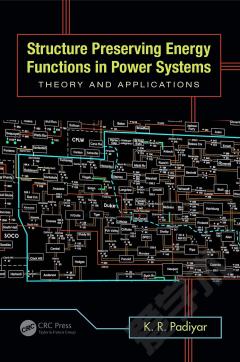
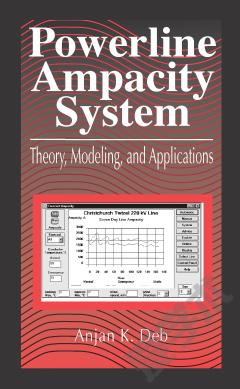

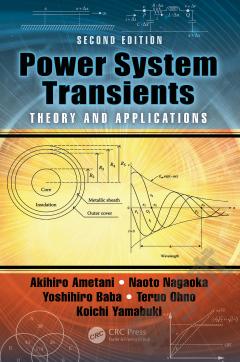
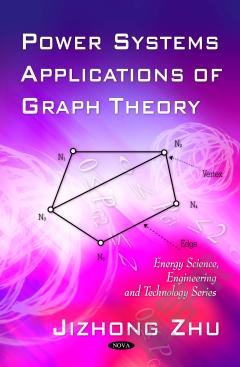

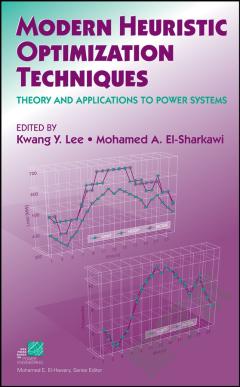

 京公网安备 11010802027623号
京公网安备 11010802027623号